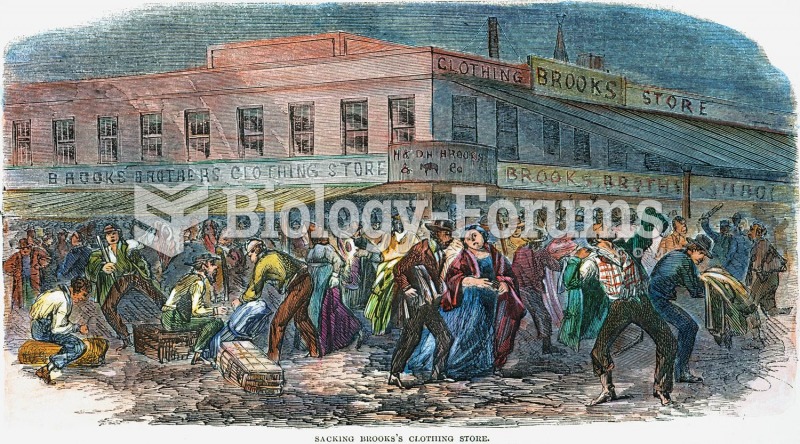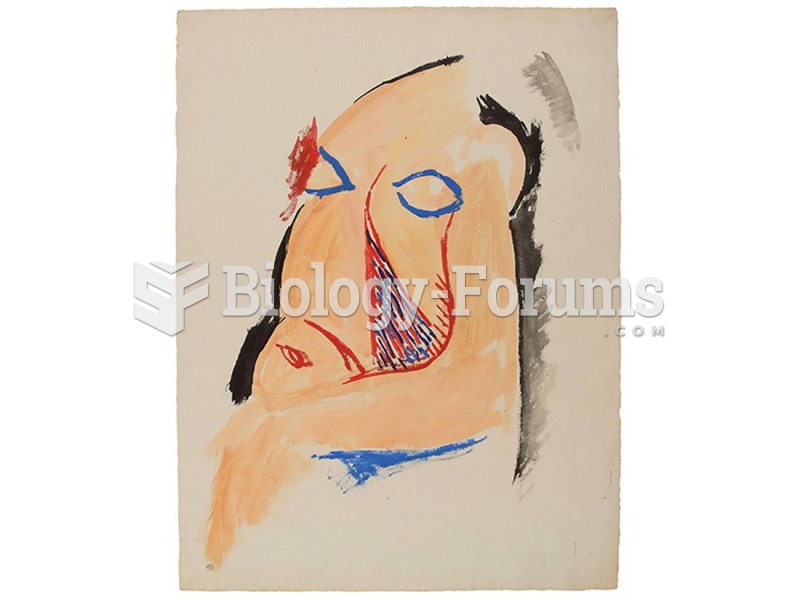|
|
|
Did you know?
The familiar sounds of your heart are made by the heart's valves as they open and close.
Did you know?
The human body produces and destroys 15 million blood cells every second.
Did you know?
Green tea is able to stop the scent of garlic or onion from causing bad breath.
Did you know?
Approximately 70% of expectant mothers report experiencing some symptoms of morning sickness during the first trimester of pregnancy.
Did you know?
The immune system needs 9.5 hours of sleep in total darkness to recharge completely.







